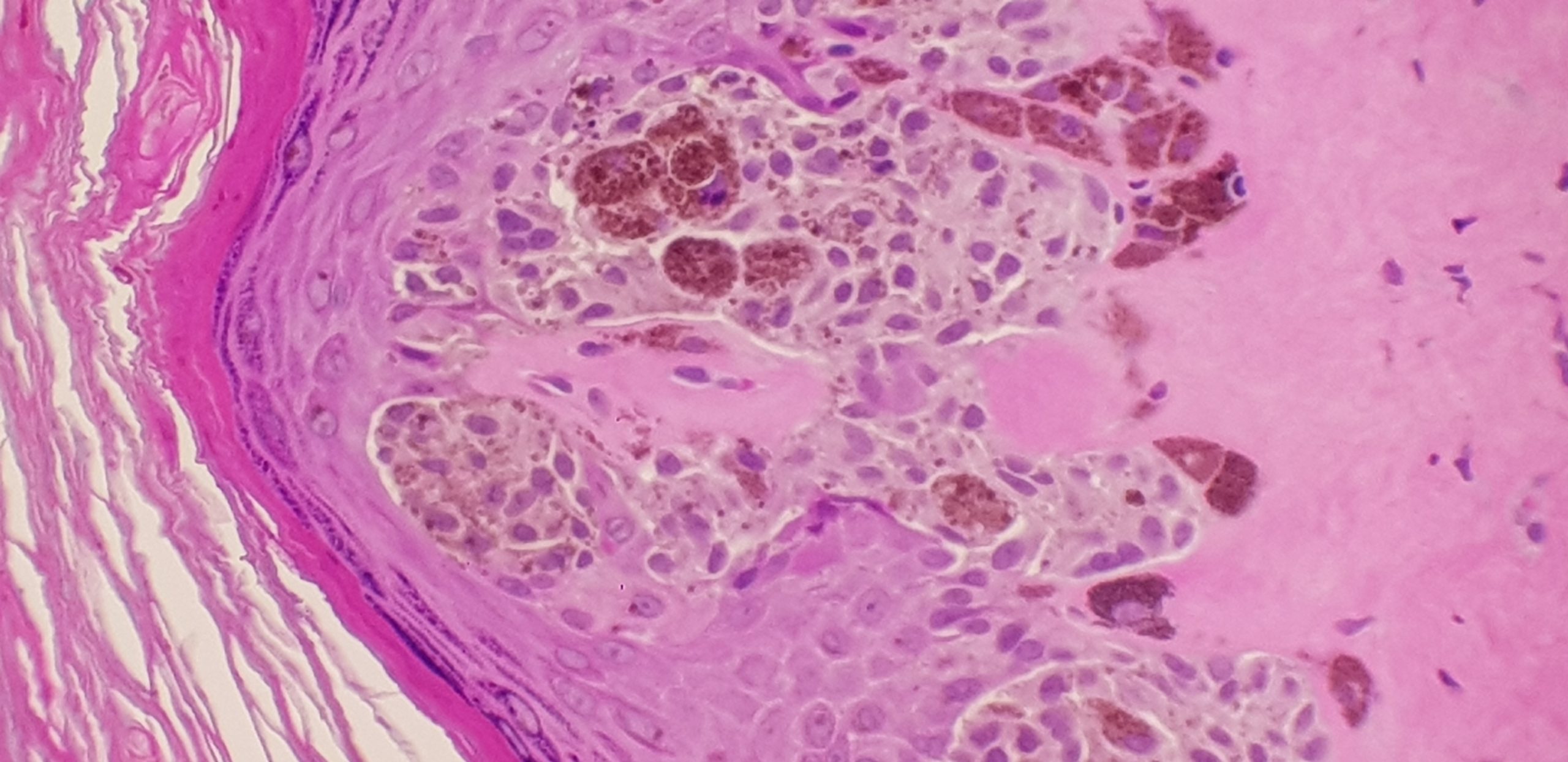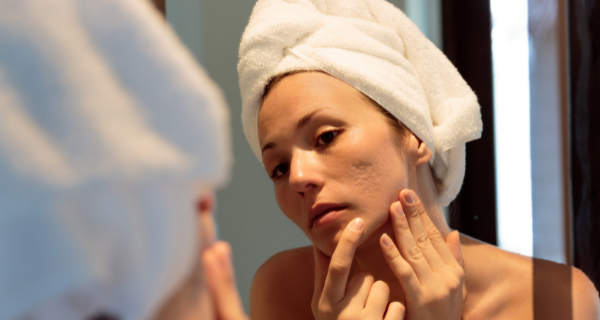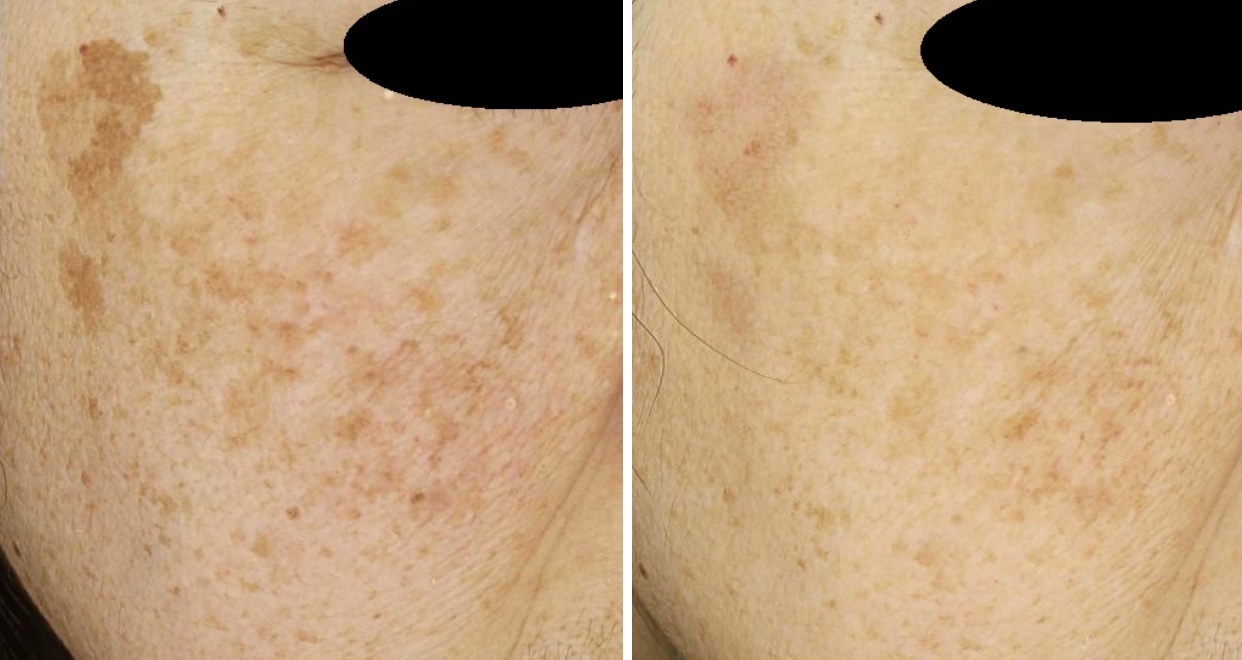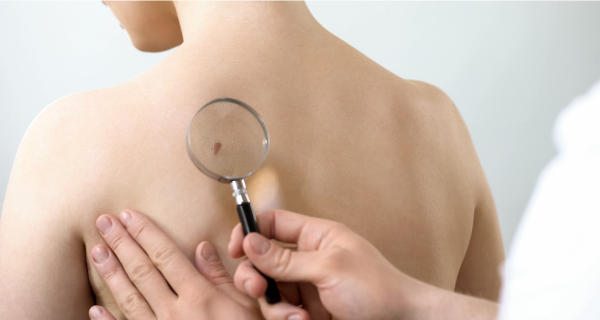SKIN CHECK
PHOTOAGING

Photoaging is an accelerated and exaggerated aging process compared with the normal physiological or chronological aging. It is mainly due to UV exposure which causes cellular reaction, and injuries, causing DNA injury, oxidative stress, and thinning of skin due to collagen matrix breakdown. There are evidences these changes may lead to cellular senescence, altered phenotype of cell signalling which may lead to unwanted hyperpigmentation and furthermore, even mutagenic changes which in turn, may lead to devastating malignant skin conditions including different types of carcinomas, and melanomas.
It results in skin ailments in different components of skin including pigmentary disorders, redness, dull appearance, thinning, and wrinkles. Therefore, a comprehensive, multimodality countermeasures used in proportionate combinations are necessary to stimulate your skin to return back to the original healthy status, resulting in healthier, clearer, firmer and younger looking skin.
At RESKIN MEDICAL, we help your skin to REPAIR, REMODEL, and REGENERATE, which we believe are the ways of true RENEWAL, and REJUVENATION.
Signs of Photoaging
- spider veins on the nose, cheeks and neck
- various pigmented spots, such as freckles, solar lentigines (known as age or liver spots), and uneven skin colour
- general loss of skin tone in sun-exposed areas due to lipofuscin
- with continued sun exposure over several years, wrinkles around the eyes and mouth increase in number and become deep creases; forehead frown lines set in and are visible when not frowning
- red, rough scaly spots called actinic (sun-related) keratoses may appear; these may be precancerous and require treatment
ACNE AND ACNE SCAR
Acne and acne scar are common chronic skin problems caused by excess sebum, often exacerbated by product misuse, stress, lifestyle or even diet. Not all cases will have a clear cause, but it is very important some of the common causes are excluded before going onto medications or treatments with possible side effects. Acne control is important because it is often associated with scarring, and pore widening, many of which can potentially lead to a permanent scarring or irreversible damage.
BROWN MARKS
There are many reasons why skin can appear discoloured. Melanin pigment is one of many reasons, and this can manifest from congenital, acquired, reactive, and neoplastic processes, together making up an extensive list of pigmented skin conditions including benign and physiological to more sinister malignant conditions. It is absolutely imperative that the correct working diagnosis is made before any treatment programs are attempted, which can potentially alter the appearance of the condition, making it impossible to diagnose.
SKIN CANCER


Australia has one of the highest rates of skin cancers in the world. Skin cancer is the most common malignancy diagnosed in Australia. About two in three Australians will be diagnosed with some form of skin cancer before the age of 70. Nearly 1 million new cases of skin cancers are diagnosed and treated each year. Basal cell carcinomas can develop in young people, but it is more common in people over 40.
More than 13,000 people are diagnosed with melanoma in Australia every year. Australia and New Zealand have the highest rates of melanoma in the world.
The main cause of all types of skin cancer is overexposure to UV radiation. Over 95% of skin cancers are caused by UV exposure. When unprotected skin is exposed to UV radiation, the structure and behaviour of the cells can change.
UV radiation is produced by the sun, but it can also come from artificial sources, such as the lights used in solariums (sun beds). Solariums are now banned in Australia for commercial use because research shows that people who use solariums have a high risk of developing skin cancer.
Most parts of Australia have high levels of UV radiation all year round. UV radiation cannot be seen or felt and it is not related to temperature.
At RESKIN MEDICAL, we take skin lesions very seriously. We are medical experts in various pathologic conditions, and will do our very best to provide you with accurate diagnosis, and appropriate management options for each condition.
Some of the non-surgical management options we provide include cryotherapy, electrocautery, carbon dioxide laser ablation, pulsed dye laser (vascular laser), and photodynamic therapy (PDT).
We also provide excisions, if can be performed under local anaesthesia in our office. Also we have close referral networks to general surgeons, plastic and reconstructive surgeons, oncologists, radiation oncologists, and melanoma specialists.
Skin cancer types
Basal cell carcinoma (BCC)
This starts in the basal cells of the epidermis. It makes up about 70% of non-melanoma skin cancers.
BCC grows slowly over months or years and rarely spreads to other parts of the body. The earlier a BCC is diagnosed, the easier it is to treat. If left untreated, it can grow deeper into the skin and damage nearby tissue, making treatment more difficult. Having one BCC increases the risk of getting another. It is possible to have more than one BCC at the same time on different parts of the body.
Squamous cell carcinoma (SCC)
This starts in the squamous cells of the epidermis. It makes up about 30% of non-melanoma skin cancers.
SCC tends to grow quickly over several weeks or months. If left untreated, SCC can spread to other parts of the body. This is known as invasive SCC. SCC on the lips and ears is more likely to spread.
Melanoma
This is a devastating malignancy, originating from the melanocytes (melanin pigment making cells within skin) affecting even young adults. It makes up 1–2% of all skin cancers.
Although melanoma is a less common type of skin cancer, it can grows quickly, highly unpredictable, and is more likely to behave aggressively, spreading to other parts of the body, such as the lymph nodes, lungs, liver, brain and bones, even in early stages. Early detection is the key to the successful treatment, therefore regular skin cancer checks are recommended.
Other types of cutaneous malignancies include other types of carcinomas such as Merkel cell carcinoma, sebaceous carcinomas, soft tissue sarcomas, such as pleomorphic dermal sarcoma, angiosarcoma, or leiomyosarcomas.




